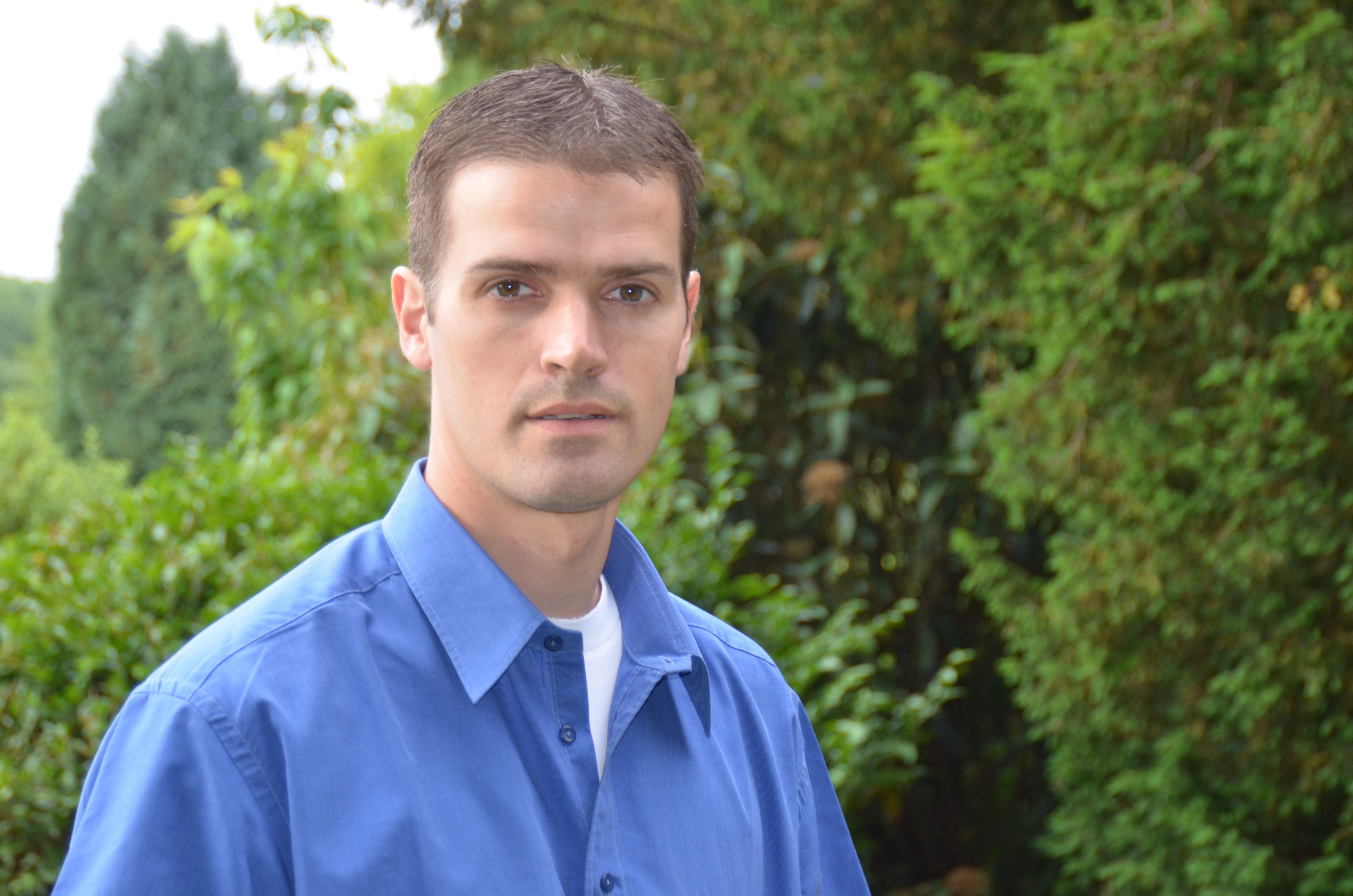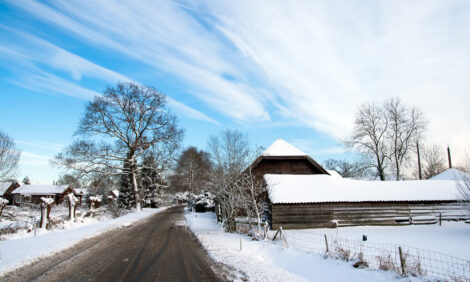



When it Comes To Expansion, People Are Paramount
ANALYSIS - With quota removal on the horizon across Europe and emerging markets creating opportunities for new exports, many dairies are looking at producers such as Swiss farmer Martin Moos for pointers on how to run big dairies and manage expansion correctly.This was the premise for his visit to the Large Herd Seminar in Gloucestershire last week where Martin, along with other experienced stockmen, gave insights into how large-scale dairying is managed. Martin’s message was clear – success starts with staff and parlour routine.
Currently based in northern Germany, Martin is farm manager at Gut Hohen Luckow Milch GmbH & Co. KG, in the state of Mecklenburg-Vorpommern where he farms over 2300 cows.
After being brought up on a 30 cow dairy near Zug in Switzerland, Martin went to University to study agriculture, first in Switzerland and later in the US, where he worked as a herdsman. Martin has learned that when it comes to running big dairies, staff are paramount and communication around the work force is critical.
“I see my biggest challenge this year and next being people,” says Martin. “Good cow management is good people management and good stockmanship remains vital, no matter what kind of enterprise you are running.”

Martin (pictured) is adamant that clear instructions allow for efficient milking procedures and good herd health on large dairies - this has been the key to his business at Hohen Luckow, North Germany.
It is important to have the right people in the right place, he adds. This principle is the basis for his three team labour force of a feeding crew, calf crew and a milking crew.
Martin’s belief is that cows remain the same but people change. For this reason he insists on standards of practice across his farm. Doing so helps manage stress and ensures cows are productive.
People are no different to cows in term of performance at Hohen Luckow and are constantly monitored and evaluated.
“Training cows is easier than training people and the ability to retain staff is so important. I have a member of staff from the 90’s still on my farm which is a strong sign of a competent member.”
Parlour Routine
One factor to consider when buying cows and upping production is the parlour. This is a key part of the farm that relates to staff, says Martin.
By using strict time scales Martin is able to keep the parlour efficient, this is important in his rotary parlour in which he milks 800 Holsteins, three times a day.
“Milk shifts are eight hours long. You cannot have a quiet parlour, if you do it is costing you money,” states Mr Moos. “Time must be used well when putting cows through the dairy and the machines must be being used all the time.”
“We aim for 210-215 cows per hour which is an idea I developed from a US friend – this is a big benefit in improving efficiency,” adds Mr Moos.
Martin’s main parlour is used 24 hours a day with two half hour cleaning periods.
However, Martin admits there have been teething problems and certain adjustments to individual cow milking times have had to be extended.
“We used to stick to a six and a half minute period in which every cow was milked and detached,” explains Martin. “This improved parlour efficiency but meant we didn’t have enough time to milk the cows.”
So, to avoid the milk production losses, which was around 12 per cent, Martin decided to increase the milking time to 7 minutes. This was a good decision and only took the cows two days to readjust to.
Technology and Disease
Across the holding there has been great investment in tools to make the farm run efficiently and get the best out of each cow.
Renewable energy is moving fast in Germany at the moment and Martin is harnessing the waste element of the dairy to power a methanol digester.
“There is big money going into renewable energy in Germany and in 2010 we invested in a digester which is working really well,” states Martin.
Possibly the most impressive facility on the farm however, is the on farm laboratory. From here, diseases can be checked and important health decisions made.
“The laboratory plays a big role in controlling mastitis,” explains Mr Moos. “Every case we have, we can find out exactly what bacteria is causing it. Once we know a cow has Staphylococcus aureus for example, we can then use antibiotics specific to the condition.”
Johne’s disease is controlled through a rigorous approach to cleanliness and not through specific use of the farm lab, he explains.
Digital dermatitis is approached in a similar way, although a more rigid plan is set out for staff.
“On large dairies dermatitis is hard to avoid, this is why we keep areas as clean and dry as possible.”
We foot trim twice a year and footbath heifers and cows twice a week, adds Mr Moos.
Quotas and the Future
While admitting that quota removal is an unknown area for Germany, Mr Moos does not foresee drastic changes happening post-2015. The best hope is to be a profitable enterprise that makes a good product.
“A lot of ideas are flying around about how the market will be changed when quotas come off, but I think it is hard to say what will happen.
“In Switzerland they lost the quota system a couple of years ago and there has been very little change. The best you can hope for is to be a farm producing good quality milk with low costs and you will be standing in a good position in the market in two years,” he says.
This is where Martin hopes the Hohen Luckow dairy finds itself, because he is involved with the business for the long haul.
Although on a tenancy, Martin’s ambitions are to extend the 25 year lease when it expires and to carry on working alongside his investor, an industry player, to develop the business which now covers 5222 hectares of land over four sites around the area.
Growing cattle businesses often means accruing more land, this has been a problem since the global downturn and spiraling farmland costs. When Martin and the investor started acquiring land fifteen years ago, it was going for around €5,500 a hectare. Today, good arable land in northern Germany has shot to €24,000/ha.
This possibly represents the biggest challenge to aspiring dairymen. Martin states that land values make expansion tough and is an area he left to the investors while he paid for buildings and equipment.
Michael Priestley
News Team - Editor
Mainly production and market stories on ruminants sector. Works closely with sustainability consultants at FAI Farms



